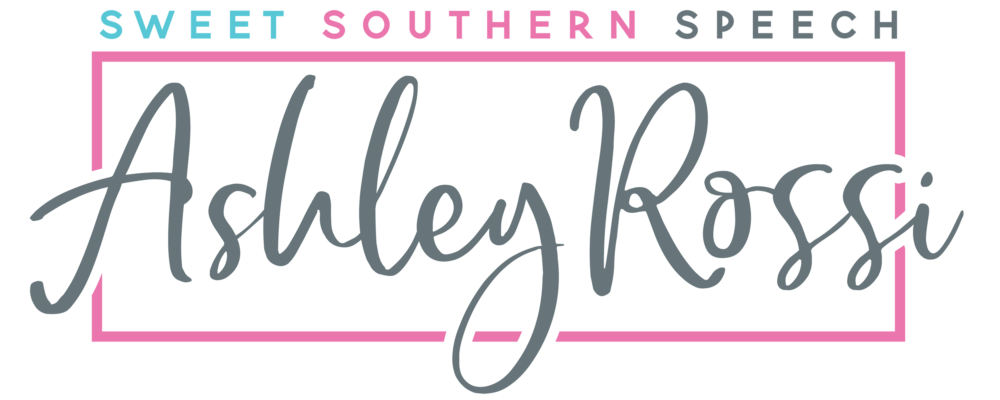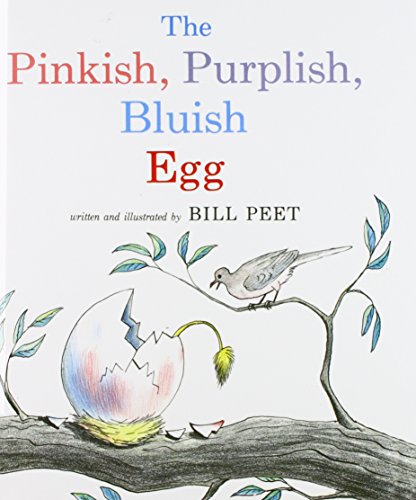Story told in verse about a dove who finds a large egg and takes it back to her nest. When it hatches, a strange creature emerges.
This unique rhyming spring book can be used in speech therapy to address social/emotional issues like not judging a book by its cover and helping those in need. It is also great for predicting, problem solving and for targeting figurative language as well as for describing! Discover more of the speech and language teaching concepts for using The Pinkish, Purplish, Bluish Egg in speech therapy below:



